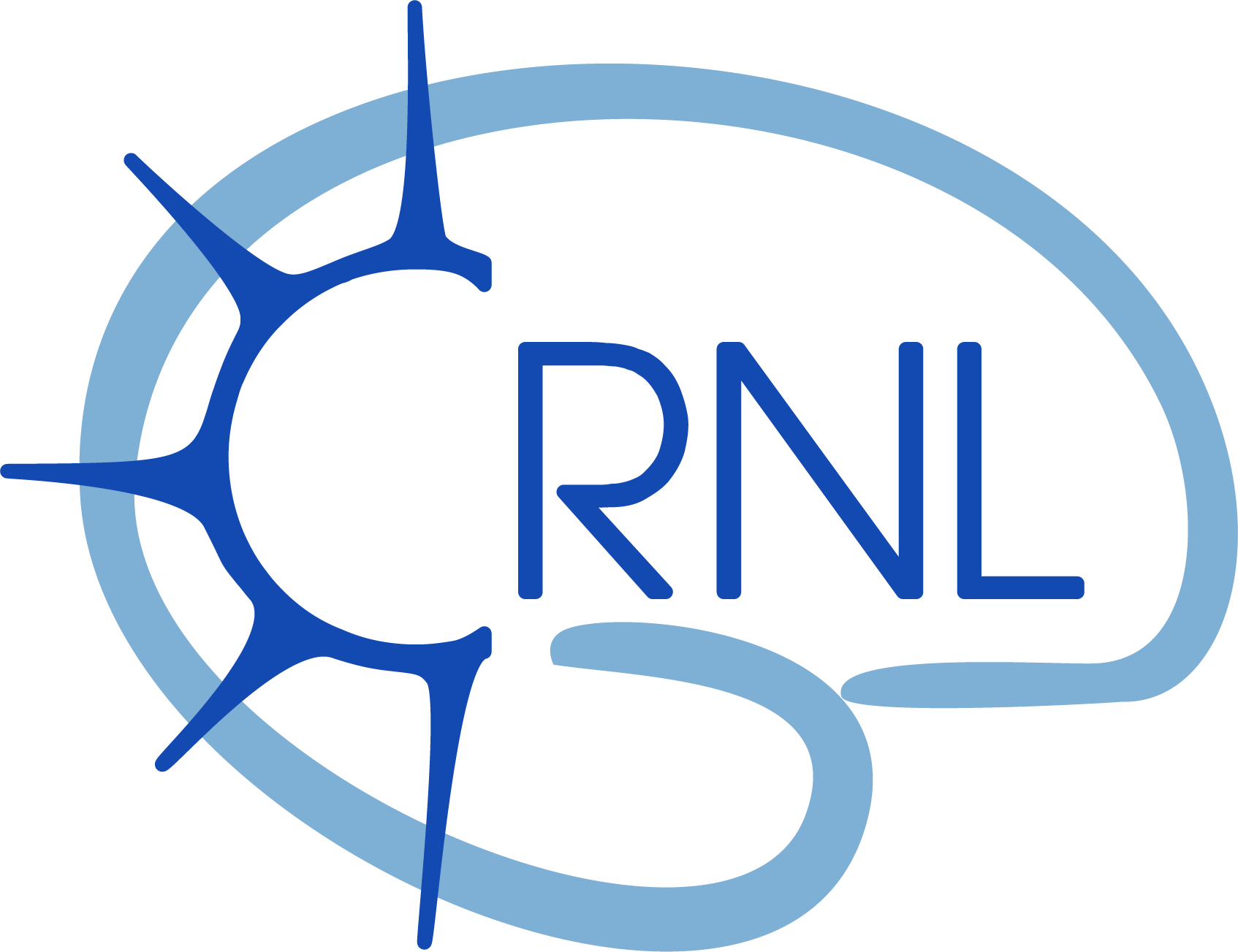Modeling [11C]yohimbine PET human brain kinetics with test-retest reliability, competition sensitivity studies and search for a suitable reference region
Résumé
Previous work introduced the [11C]yohimbine as a suitable ligand of central α2-adrenoreceptors (α2-ARs) for PET imaging. However, reproducibility of [11C]yohimbine PET measurements in healthy humans estimated with a simplified modeling method with reference region, as well as sensitivity of [11C]yohimbine to noradrenergic competition were not evaluated. The objectives of the present study were therefore to fill this gap.
Methods: Thirteen healthy humans underwent two [11C]yohimbine 90-minute dynamic scans performed on a PET-MRI scanner. Seven had arterial blood sampling with metabolite assessment and plasmatic yohimbine free fraction evaluation at the first scan to have arterial input function and test appropriate kinetic modeling. The second scan was a simple retest for 6 subjects to evaluate the test-retest reproducibility. For the remaining 7 subjects the second scan was a challenge study with the administration of a single oral dose of 150 µg of clonidine 90 min before the PET scan. Parametric images of α2-ARs distribution volume ratios (DVR) were generated with two non-invasive models: Logan graphical analysis with Reference (LREF) and Simplified Reference Tissue Method (SRTM). Three reference regions (cerebellum white matter (CERWM), frontal white matter (FLWM), and corpus callosum (CC)) were tested.
Results: We showed high test-retest reproducibility of DVR estimation with LREF and SRTM regardless of reference region (CC, CERWM, FLWM). The best fit was obtained with SRTMCC (r2=0.94). Test-retest showed that the SRTMCC is highly reproducible (mean ICC>0.7), with a slight bias (-1.8%), whereas SRTMCERWM had lower bias (-0.1%), and excellent ICC (mean>0.8). Using SRTMCC, regional changes have been observed after clonidine administration with a significant increase reported in the amygdala and striatum as well as in several posterior cortical areas as revealed with the voxel-based analysis.
Conclusion: The results add experimental support for the suitability of [11C]yohimbine PET in the quantitative assessment of α2-ARs occupancy in vivo in the human brain. Trial registration EudraCT 2018-000380-82.
Fichier principal
 Laurencin et al. - 2021 - Modeling [11C]yohimb.pdf (1.43 Mo)
Télécharger le fichier
Laurencin et al. - 2021 - Modeling [11C]yohimb.pdf (1.43 Mo)
Télécharger le fichier
| Origine | Fichiers éditeurs autorisés sur une archive ouverte |
|---|


